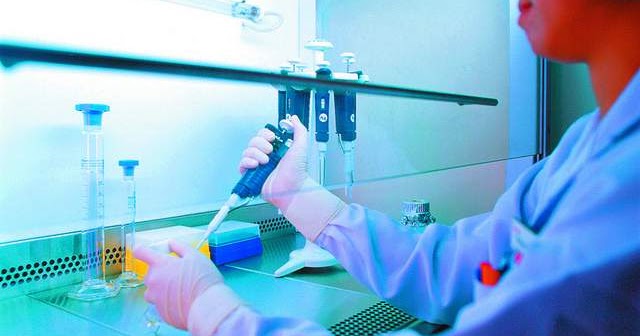

Christopher Centeno, a pain medicine specialist in Broomfield, Colo., who had no background in stem cell research, but saw potential after reading about a study that hinted that stem cells could be used to treat spinal conditions in rabbits. Hoping to avoid surgery or at least postpone it, many people are searching for other options. More than 700,000 knees are replaced in the United States each year, and more than half a million hips, according to the Arthritis Foundation.īut artificial joints can wear out, and younger patients may need repeat operations later in life. More than 30 million people in the United States suffer from osteoarthritis, including 14 million with bad knees. does not regulate them.Īmong the most avid customers for stem cell and platelet treatments are people with arthritis or sports injuries, who find that mainstream medicine does not provide lasting relief. Platelets taken from a patient’s blood and then reinjected are not regulated as a cell or tissue product, and procedures that use them are not considered high risk.īone marrow transplants for blood cancers like leukemia are an established treatment, and the F.D.A. The agency regulates cell and tissue products, but treatments that use a patient’s own cells do not require the agency’s approval if the cells are “minimally manipulated,” meaning that they have not been cultured or multiplied in a lab, and no drugs or other substances have been added. Some stem cell businesses have carefully navigated F.D.A. I’m advised that there will be more of an improvement to come in the next couple of months.”Īlthough he’s been told that the stem cell treatments are less successful in hips than in knees, he hopes to have his hip treated anyway, maybe in late summer or early fall. “The strength is starting to increase significantly in that left knee.

“There was pain involved, and there is still swelling,” he said.

He skied during the winter, and has begun running a few times a week. Cevoli said he thought the procedure was helping. The procedure cost $6,900, and was not covered by insurance.įour months later, Mr. Cevoli’s knee, fitted him with a brace and sold him a vitamin supplement made by Regenexx to promote healing. The doctor in Wayne injected stem cells and platelets into Mr. And Regenexx has persuaded some large, self-insured employers to cover its treatments. Based in Des Moines, the company has dozens of affiliated clinics around the country, specializing in treating orthopedic problems with patients’ own platelets or stem cells from their bone marrow. Cevoli was treated in December by a doctor in Wayne, N.J., affiliated with a company called Regenexx, one of the boldest players in the growing industry. In some of the worst cases, patients had already been harmed before the agency took any action, and the patients took legal steps themselves, suing the clinics that injured them. In the meantime, rogue clinics offering other kinds of procedures have flourished, accused of blinding people by injecting cells into their eyes, mixing stem cells with smallpox vaccine to treat cancer or causing severe infections by administering contaminated blood from umbilical cords into patients’ joints or spines.

So far, few companies have submitted any information. While the Food and Drug Administration insists that it does have the authority to regulate stem cell treatments, it adopted an industry-friendly approach in 2017 by giving companies a three-year grace period in which to describe their products or treatments so the agency can determine whether they meet the criteria of drugs that would require agency approval. There is almost no regulatory oversight of orthopedic procedures using bone-marrow extracts or platelets, which are regarded as low risk. A few employers have even agreed to provide insurance coverage for the treatments. Some of the clinics also inject joints with platelet-rich plasma, a solution of platelets extracted from the patient’s own blood. Most researchers, including those at the National Institutes of Health, think that efforts to sell therapies involving adult stem cells, which can develop into different types of cells to replenish tissue, have gotten way ahead of the science.Įven so, hundreds of clinics have popped up around the country to meet the demand. But there is no clear evidence that these treatments work, and their safety has yet to be established.


 0 kommentar(er)
0 kommentar(er)
